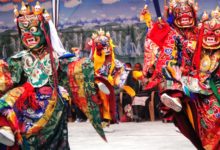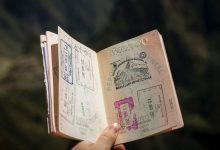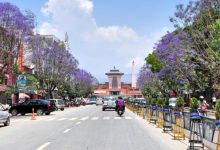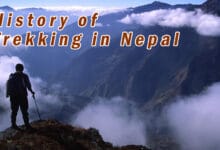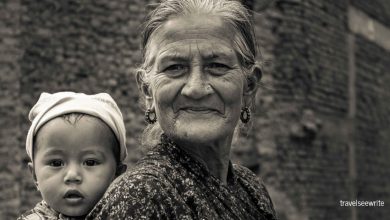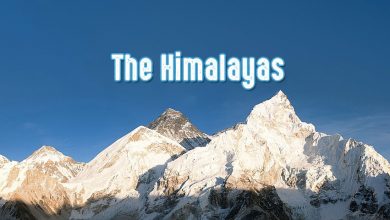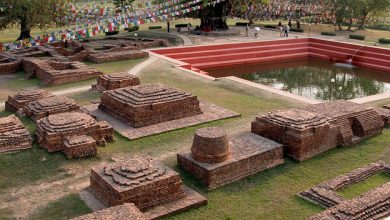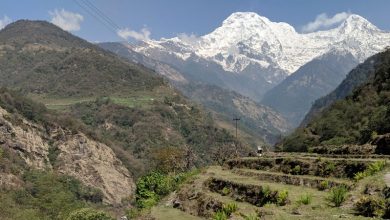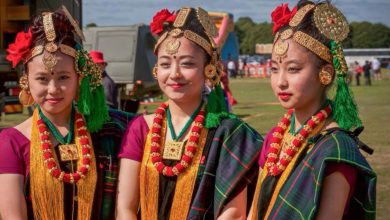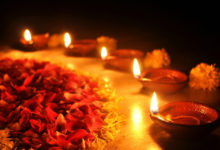History of Nepal
The history of Nepal has been influenced by its position in the Himalaya and its two neighbours, modern day India and Tibet. It is a multiethnic, multiracial, multicultural, multi religious, and multilingual country.
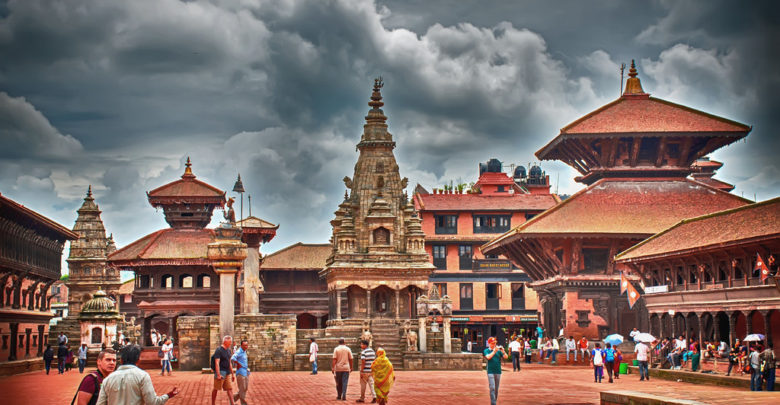
The history of Nepal can broadly be divided in to three phases (Ancient, Medieval and Modern). The history of the Nepalese monarchy has been the integral and inseparable part of the history of Nepal. Nevertheless, Nepal has much more than Monarchs when it comes to realm of history. It has a Vedic past to boast about and a bright feature to look to. September 25 1768, Nepal was declared as kingdom. So, this is the exact date we can refer to as since the time this land is called Nepal.
Before Nepal’s emergence as a nation in the latter half of the 18th century, the designation ‘Nepal’ was largely applied only to the Kathmandu Valley. Thus up until the unification of the country, Nepal’s history is largely the history of the Kathmandu Valley.
References to Nepal in famous Hindu epics such as the Mahabharata, Puranas and also Buddhist and Jain scriptures, establish the country’s antiquity as an independent political and territorial entity. The Vamshavalis or chronicles, the oldest of which was written during the 14th century, are the only fairly reliable basis for Nepal’s ancient history. The Vamshavalis mention the rule of several dynasties the Gopalas, the Abhiras and the Kiratas over a stretch of centuries.
However, no extant historical evidence has yet authenticated the rule of these legendary dynasties. The documented history of Nepal begins with the Changu Narayan temple inscription of King Manadeva I (C 464-505 A.D.) of the Lichavi dynasty.
Ancient historical data tell us that the first rulers of Nepal, which then comprised the Kathmandu valley, were the Gopalas, followed by the Mahishapals, succeeded by the Kirants, the Licchavis, the Mallas and finally the Shah dynasty. Prithvi Narayan Shah launched his integration campaign and brought under his rule most of the independent principalities.
His successors completed the task and Nepal finally became one nation under the Shah dynasty. Unfortunately for them, the Rana Prime Ministers then usurped power from the ruling family and ran the affairs of the country for 104 years from 1846 to 1951.
The monarchs of Nepal became mere figureheads, while the Ranas enjoyed all the power, wealth, pomp and ceremony. The Shah dynasty was powerless, but retained the status of a royal family. The Ranas then closed the country to all foreigners except for the few who entered the kingdom on their invitation. Finally King Tribhuvan escaped to India with most of his family and the people revolted, leading to the ouster of the Rana regime. In 1951, the king flew back to Nepal to a warm welcome from the citizens and introduced democracy. Since then the borders of Nepal have been open and tourism was introduced to Nepal
King Mahendra who succeeded King Tribhuvan, abolished democracy, banned all political parties and introduced the Panchayat system. After the major party leaders were jailed, King Mahendra’s appointees ran the autocratic Panchayat government. A more lenient ruler, King Birendra ascended to the throne in 1975, succeeding his father, King Mahendra. But although popular with his subjects, the winds of change blowing over from Europe forced King Birendra to give in to demands for a democratic government in 1990. An elected government took charge of the state’s affairs with the king as a constitutional monarch and head of state.
Then followed the infamous palace massacre of 2001, that did away with the entire ruling family leaving behind only the family of the king’s brother, Gyanendra Shah, who was then crowned king of Nepal. But King Gyanendra soon took over absolute power by removing the Prime Minister and appointing his own hand-picked ministers. However, this wasn’t to last long, as all political parties including the Maoists joined hands to rise up against him. King Gyanendra was forced to step down and stripped of all his powers. A coalition government has been in place ever since, with the Prime Minister and his ministers ruling the country and the king’s future yet to be decided.


